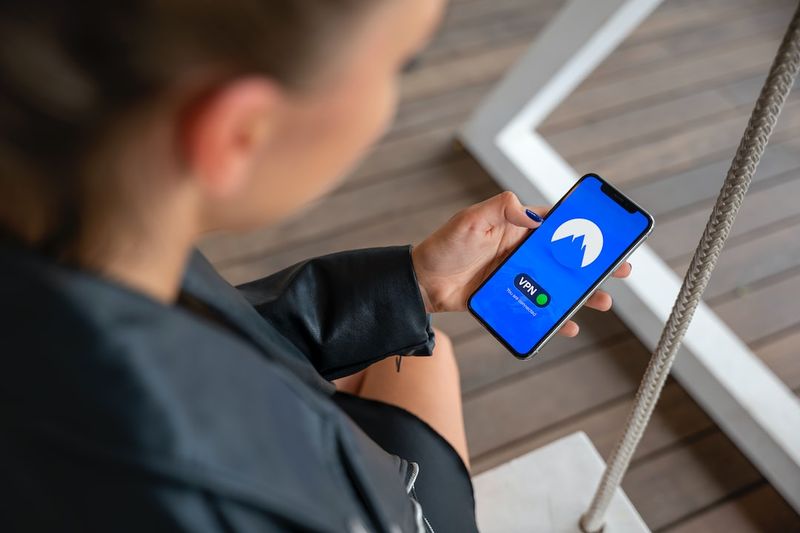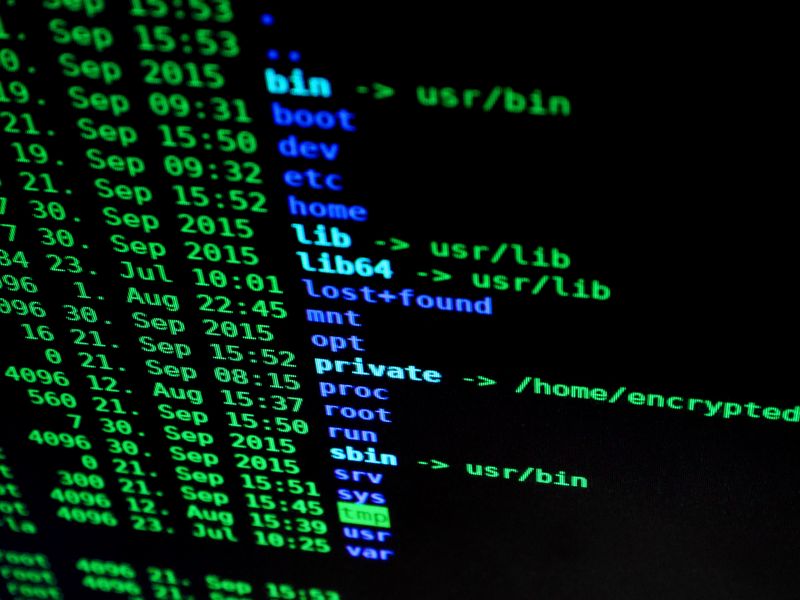Cybersecurity: Fortifying Against the Menace of Malware-Enabled Session Hijacking
The Limitations of Passkeys and MFA
From passkeys to multifactor authentication (MFA), businesses have made significant progress in strengthening their cybersecurity posture. These solutions aim to minimize the attack surface and protect sensitive information. However, security teams must acknowledge that these measures may not be enough to fully secure user data.
As enterprises deploy new ways to protect their networks, cybercriminals are simultaneously evolving their tactics to bypass these defenses. Techniques like session hijacking and account takeover are being used to circumvent passkeys and MFA, granting unauthorized access to corporate systems.
Worse still, these tactics are primarily enabled by malware-exfiltrated data, which presents one of the most challenging security gaps to address. Malware can quickly and covertly steal significant amounts of accurate authentication data, including personally identifiable information (PII), login credentials, financial information, and authentication cookies. Some malware has even begun exfiltrating local key vaults maintained by password managers, further complicating the security landscape.
Last year alone, there were over 4 billion malware attempts, solidifying it as the preferred method of cyberattack. The stolen data from malware-infected devices finds its way into criminal networks, fueling attacks ranging from session hijacking to ransomware. Unfortunately, security teams still lack the necessary visibility to effectively contend with these exposures, leaving businesses vulnerable.
Malware-Enabled Session Hijacking: The Big Threat
Session hijacking begins with infostealer malware, often delivered through phishing emails or malicious websites. This malware exfiltrates device and identity data from the infected machine and its web browsers. While all stolen data holds some value to criminals, infostealer malware increasingly targets high-value data, including cookies.
When a user signs into a site or application, the server stores a temporary authentication token, or cookie, in the browser. This allows the server to remember the user for a certain duration. By importing stolen cookies, along with other details that mimic the user’s device and location, into an anti-detect browser, cybercriminals can gain access to an already-authenticated session.
Session hijacking poses a severe threat, as it effectively bypasses even the strongest forms of authentication. By using valid stolen cookies, criminals can skip the authentication process entirely without raising suspicions. This grants them prolonged access to corporate networks, sensitive information, and the opportunity to steal more data or escalate privileges for targeted attacks like ransomware.
Recognizing the destructive potential of session hijacking, criminals have already developed tools such as EvilProxy and Emotet to specifically target authentication cookies. These advancements underscore the urgent need for corporations to address this threat that undermines key defenses.
You Can’t Fix What You Can’t See
Overcoming the mounting challenge of session hijacking may seem daunting, but it is not insurmountable. One of the primary obstacles in defending against attacks fueled by infostealer malware is the malware’s ability to evade detection. Newer forms of malware can swiftly siphon data and self-delete within seconds, making it challenging for security teams to even realize an attack has occurred.
Additionally, infostealer malware can infect employees’ personal and contractor devices, which often fall outside the purview of the security team. This makes it extremely difficult to identify all instances of business exposure. However, these concerns can be addressed through increased threat awareness and visibility.
Organizations must prioritize educating users about infostealers, how to avoid inadvertently downloading them onto any device accessing the corporate network or critical business applications, and how to routinely delete stored cookies from their browsers. In cases where malware manages to slip through defenses, understanding precisely what information was stolen allows teams to identify compromised user credentials and authentication cookies that require remediation.
Merely wiping the infected device is insufficient, as active stolen data can still be utilized long after the initial infection is addressed. Companies need to identify compromised data proactively and force session invalidation and password resets to sever potential entry points into the organization.
A comprehensive malware remediation process should be anchored in knowing the specific data siphoned by infostealer malware. IT teams should focus on approaches and solutions that provide enhanced visibility to address these security gaps, allowing them to take proactive steps to protect all exposed assets, including authentication data. By doing so, organizations can safeguard their reputation, finances, and overall security posture.
Editorial: The Need for Ongoing Vigilance and Adaptability
The evolving sophistication of cybercriminals demands that businesses remain vigilant and adaptable in their cybersecurity strategies. As this report highlights, relying solely on passkeys and MFA is insufficient to protect against the growing menace of malware-enabled session hijacking.
A multi-layered approach is needed, which includes educating users, implementing robust threat detection and monitoring systems, and leveraging advanced solutions that provide enhanced visibility into malware attacks. Enterprises must prioritize ongoing training and awareness programs to ensure that employees are equipped to recognize and respond to potential threats effectively.
In addition, collaboration between organizations, security vendors, and law enforcement agencies is paramount. Sharing threat intelligence and implementing best practices can help identify emerging trends and stay one step ahead of cybercriminals.
Conclusion and Advice
The threat posed by malware-enabled session hijacking is significant and requires immediate action. Organizations must acknowledge the limitations of traditional security measures and embrace novel approaches to fortify their defenses.
To address this menace effectively, businesses should:
1. Educate users about infostealers, their potential pathways, and preventive measures.
2. Implement solutions that enhance threat awareness and visibility, enabling proactive detection and response to malware attacks.
3. Regularly delete stored cookies and enforce session invalidation and password resets for compromised credentials.
4. Foster ongoing vigilance, adaptability, and collaboration within their cybersecurity strategies.
5. Invest in training and awareness programs to empower employees in recognizing and responding to potential threats.
By implementing a comprehensive and proactive cybersecurity approach, organizations can better protect user data, mitigate risks, and safeguard their overall security posture in an increasingly hostile digital landscape.

<< photo by Petter Lagson >>
The image is for illustrative purposes only and does not depict the actual situation.
You might want to read !
- Tackling Session Hijacking: Safeguarding Against the Growing Menace
- Redefining Influence: Unveiling Kiten’s Covert Agenda in Brazil, Israel, and U.A.E.
- How to Safeguard Against Phishing Attacks and Data Breaches: Insights from Associated Press Stylebook Users
- Hackers Target Telegram with DDoS Attack, Raising Concerns Over Cybersecurity
- Securing the Cloudscape: Navigating the Challenges of Multicloud and Hybrid Cloud Environments
- Understanding the Balancing Act: Navigating Rising Insurance Costs and Shrinking Coverage
- Investigating Progress: Craig Newmark Philanthropies Grants 200K to National Cybersecurity Alliance for HBCU Cybersecurity Program
- The Growing Threat: Spyware Strikes Millions via Fake Telegram Apps on Google Play
- “The Dark Side of Messaging: Unmasking the ‘Evil Telegram’ Spyware”




